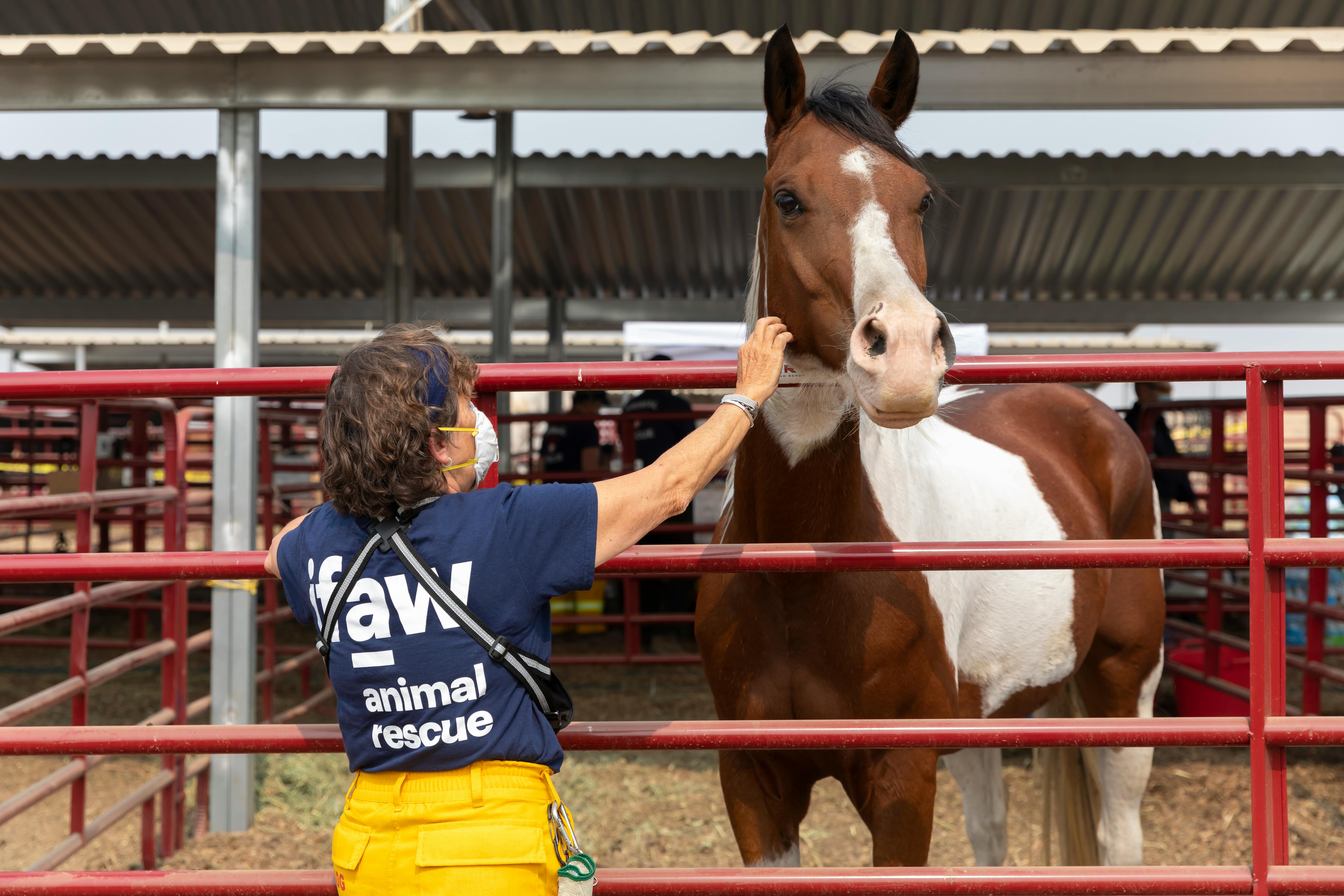
Choosing types of fur coats, part one
Historically, leather has been a symbol of luxury and distinction. It is highly valued in countries around the world, from early European royalty to early American merchants to today’s modern fashion world. The industry has come a long way since the days of the first fur traders. Today there are many types of fur available around the world and through the science of modern husbandry technologies, fur farming techniques and fur manufacturing methods, many improvements have been made. Today, these enhancements reveal a whole new world of options and fashions to choose from. There are many types of fur coats available for sale. In fact, there are enough to cause confusion for uninformed shoppers. It is important to understand the most popular types of fur coats before making a purchase so that you can walk away safely and satisfied with your new fur coat purchase.
In this first part of a series of two articles, we will see the different parts of fur that make up a fur, the mink fur and its characteristics, and the rabbit fur and its benefits. The follow-up article will discuss fox fur, chinchilla fur, and other fur types, as well as the origin of fur, in detail.
Skin parts
All skin has three parts; the leather, the guard hair and the fur. Leather is a no-brainer to most people, but just in case, it’s the backing that holds the fur hairs in place. It’s what holds everything together. Without the inner skin and protective hairs, you’d be left with a plain old leather coat or jacket. The inner skin is dense, but very fine fuzzy (and generally softer) hairs. The inner fur is what gives a fur coat warmth, and it is usually shorter than the guard hairs, but not always. The guard hairs are usually shiny and longer compared to the undercoat. The fur guard hairs are responsible for giving shine to all types of fur coats.
Mink
Mink fur has stood on a pedestal throughout the evolution of the fur industry. It is soft and light and has shimmering protective hairs combined with a soft, medium density coat. Female mink fur is smaller than male fur and offers narrower stripes in the construction of a mink garment. Sometimes these furs result in a softer, silkier coat than manufactured male mink furs. Female mink fur tends to have a finer leather, which reduces the weight of the final fur coat.
Don’t be fooled by the fancy mink fur! These types of fur coats are incredibly durable despite their luxurious appearance. Mink fur offers an infinite variety of colors, from natural shades of ranch, mahogany, semi-beige, fall mist, and white, to just about any color under the rainbow when dyed. For mink, the difference in the height of the guard hairs versus the inner fur is called a “nap”; In general, the shorter the nap, the higher the quality of the mink.
Although natural (undyed) mink is the most desirable, it is generally priced higher due to the added expense of meticulously sourcing and matching the furs. Of course, there is nothing wrong with dyed mink, it just doesn’t have the same color quality as natural mink fur. Today most leathers are minimally “enhanced” with dye or added with dye. This means that a small amount of dye (not enough to soak into the leather) is used on the leather fibers to establish a color consistency across all the leathers used to make the garment.
Natural mink colors
- Ranch Mink – Black (The term “ranch” is often thought to refer to the origin of the material in the sense that it comes from a mink ranch rather than being trapped in the wild. This is not accurate; the term ranch is refers to the color, which is extremely dark brown to black mink.)
- Mahogany – Deep dark brown
- Demi-buff (Lunaraine) – Medium to light dark brown
- Autumn Haze – Light brown to beige
- Glacial: white (not pure white) with a golden tint
- Arcturus: light beige with a subtle bluish hue
- Black or brown cross – White to icy hue with a black or brown stripe at the tips of the guard hairs on the grutzen (the grutzen is the central stripe on the back of the skin).
- Blue Iris – Gray / very deep blue
- Sapphire – Silver gray
- Cerulean – Light gray
- Azurene – Off white with gray undertone
- White – Glossy white
- Artificial Colors – Mink can be almost any color in the visible light spectrum!
Rabbit
Rabbit fur generally has medium-length protective hair that appears in various natural colors, such as shades of brown or tan, as well as any color below the rainbow when dyed. These types of fur coats are ideal for children because they are comparatively cheaper, lightweight, and very soft in texture.
There are basically two types of rabbit fur: Normal and Rex. Regular rabbit fur has a medium-low durability rating, but due to the price compared to other fur, it is considered a high value for the money. Rex rabbit fur has medium durability and is significantly softer and fluffier than normal rabbit fur. Normal rabbit fur can vary significantly in quality, with lower grades being prone to shedding and shedding, while Rex rabbit fur has a very narrow quality range and sheds very little. Rex rabbit fur generally fetches a slightly higher price than normal rabbit fur. Due to its price and smooth texture, rabbit fur is one of the most sought-after types of fur jackets and material for trims on leather and fabric coats.
More information on fox fur, chinchilla fur and other fur types in detail, as well as the origin of fur, can be found below in “Choosing types of fur coats, part two”.